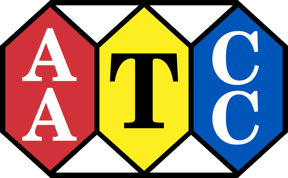Description
Untitled
TEST METHODS ARE DELIVERED AS A LINK IN YOUR EMAILED RECEIPT.
AATCC TM147-2011 (2016)e, Test Method for Antibacterial Activity of Textile Materials: Parallel Streak
1. Purpose and Scope
1.1 The objective is to detect bacteriostatic activity on textile materials. The results of using this procedure have demonstrated by Committee RA31 to be reproducible by various laboratories working with materials containing residual amounts of antibacterial agents (as determined by chemical assay) after multiple standard washings. The method is useful for obtaining a rough estimate of activity in that the growth of the inoculum organism decreases from one end of each streak to the other and from one streak to the next resulting in increasing degrees of sensitivity. The size of the zone of inhibition and the narrowing of the streaks caused by the presence of the antibacterial agent permit an estimate of the residual antibacterial activity after multiple washings.
Copyright American Association of Textile Chemists and Colorists, RTP, NC, USA. All rights reserved.
The above information is only a summary of the AATCC test method.
English
Spanish
Hindi
Chinese (Simplified)
Chinese (Traditional)
Japanese
Bengali
Korean
Telugu
Marathi
Punjabi
French
Polish
Arabic
Danish
Dutch
Persian
Portuguese
Latin
Vietnamese
Hebrew
Hungarian
Indonesian
Irish
Italian
Kannada
Mongolian
Romanian
Russian
Norwegian
Serbian
Sindhi
Swedish
Tamil
Turkish
Ukrainian
Urdu
